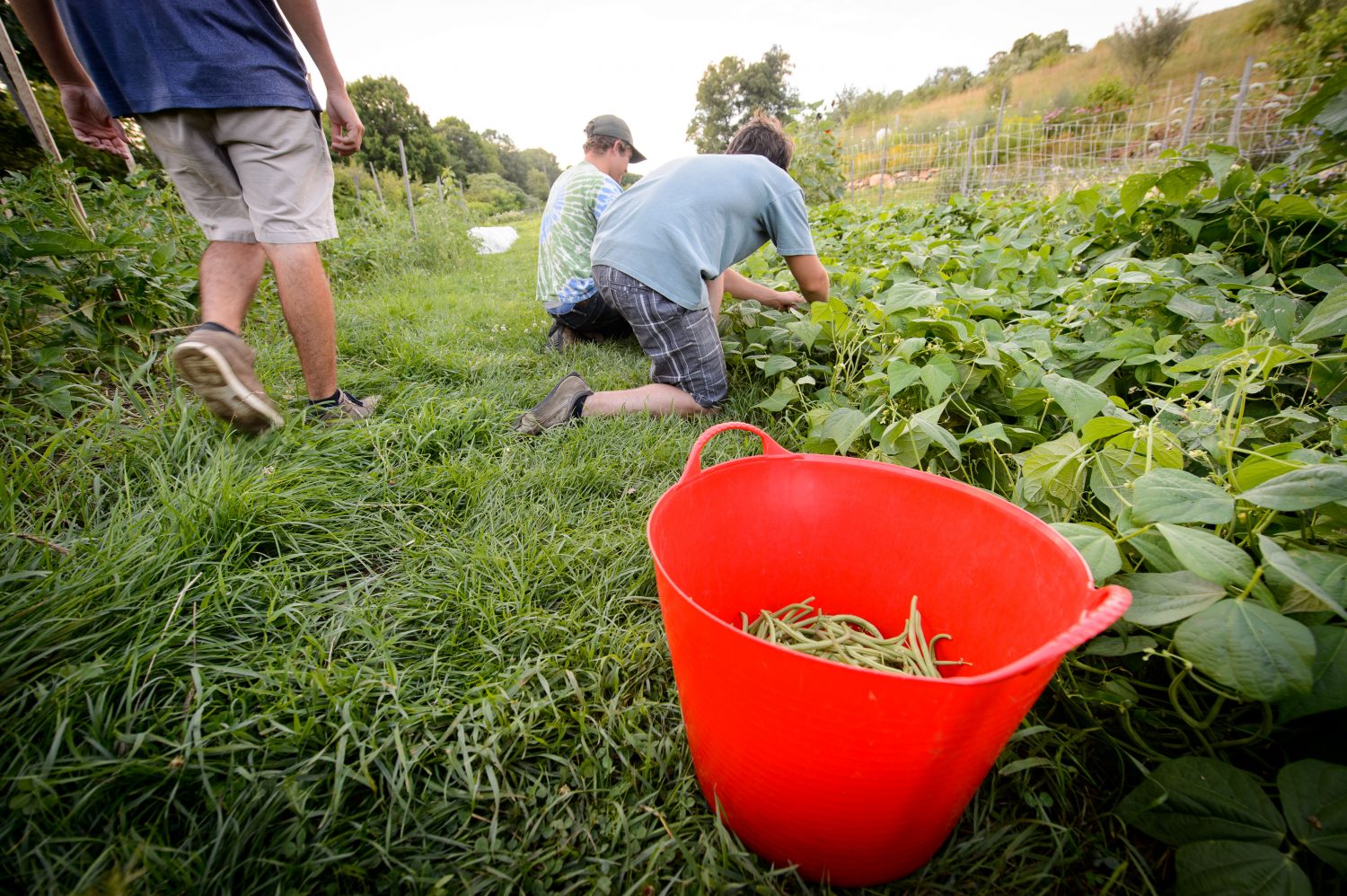A new study by researchers in the College of Agriculture, Health and Natural Resources (CAHNR) highlights the current challenges the state’s farmers are facing and how, according to the farmers themselves, CAHNR staff and faculty can help support them.
“In this case we were really interested in Connecticut farms and understanding what they need, and specifically what are the things that they need that CAHNR staff and faculty can support,” says Cristina Connolly, assistant professor in the Department of Agricultural and Resource Economics.
This report was supported through funding from the CAHNR Strategic Vision Award. The report was prepared by Connolly, Professor Rigoberto Lopez, Associate Professor in Residence Emma Bojinova, and undergraduate research assistants Saskia Krebbers and Carolanne Cusack under the umbrella of UConn’s Zwick Center for Food and Resource Policy
The report updates the findings of a previous survey the Governor’s Council for Agricultural Development conducted in 2012.
“Things have changed a lot since the last report,” says Lopez. “It was timely to update based on the challenges farmers are facing now.”
For example, climate change was not even mentioned in the 2012 survey, but extreme weather variations are now a top concern according to the new report. As climate change disrupts the patterns of Connecticut’s seasons, farmers are facing significant crop loss from droughts, flooding, extreme heat, and unseasonably warm temperatures followed by frosts.
“Climate change is really looming large in a way it does not appear to have been based on the older reports,” Connolly says. “That’s one of the biggest changes we’ve noticed.”
The study collected survey responses from 59 farmers asking them about what challenges they face, who they reach out to for help, and what services CAHNR could provide that would be most useful. The survey was followed by multiple listening sessions where farmers talked about the challenges they face, and if they felt the survey missed anything.
“Really, it was the combination of quantitative data and then this contextual qualitative data to help understand the results and make recommendations,” Connolly says.
Aside from climate change, challenges farmers identified included the high cost of production in Connecticut, trouble finding workers, and difficulty navigating state regulations.
The main area where farmers indicated they would want support from CAHNR is to act as a “one-stop shop” for navigating regulations and the business side of farming.
“We can facilitate providing all this aid, because there’s a lot of great programs UConn offers,” Connolly says. “But most of that is very production-focused, we don’t really have the same thing for business, so we think providing that for business is a big one.”
Another way CAHNR could help farmers, according to the researchers, is by providing more opportunities for undergraduates to learn the skills they need to work on farms through partnerships with local farms.
The third recommendation in the report is to form an advocacy group to operate on behalf of the state’s farmers.
“We need that kind of advocacy to promote the interests of farmers at the state or Cabinet level that can address some of these challenges,” Lopez says. “Some of it has been done, and has been done well, but there remain significant challenges.”
Going forward, the researchers would like to conduct a study that looks specifically at the needs of aquaculture farmers, who were not included in this study.
This work relates to CAHNR’s Strategic Vision area focused on Ensuring a Vibrant and Sustainable Agricultural Industry and Food Supply.
Follow UConn CAHNR on social media



